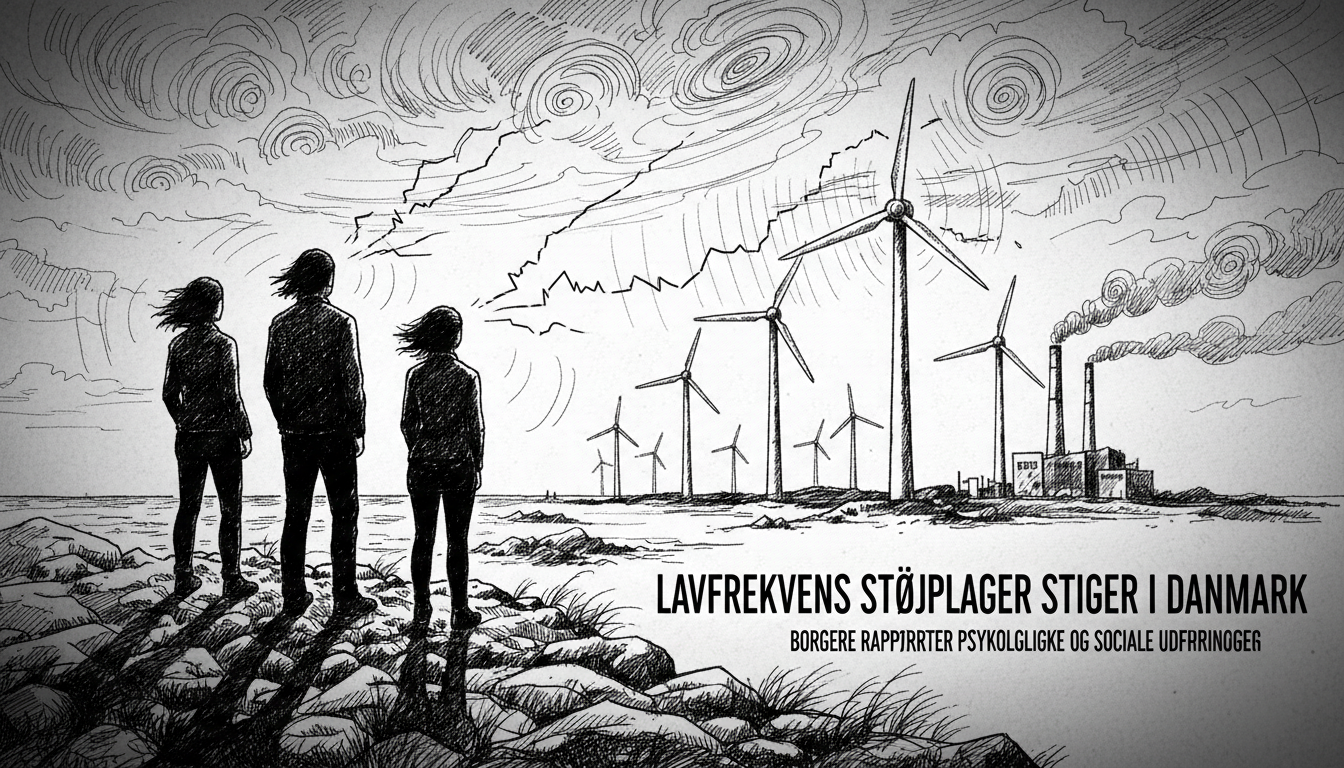More Danish residents report experiencing mysterious humming sounds and ear pressure. The complaints focus on low-frequency noise from common sources like wind turbines, excavators, and household appliances.
A psychologist specializing in environmental health effects explains the situation. Not everyone notices these sounds, but affected individuals face real consequences. The constant noise exposure creates social and psychological challenges for sensitive people.
Low-frequency noise refers to sounds below 200 Hz that travel long distances through structures. These vibrations often feel more like physical pressure than audible sound. Many people describe the sensation as a persistent hum or buzz in their ears.
Denmark's growing renewable energy sector contributes to this issue. The country leads Europe in wind power generation with thousands of turbines operating nationwide. While crucial for green energy transition, these installations generate substantial low-frequency output.
Construction equipment like excavators and industrial machinery also produce these vibrations. Urban development projects across Danish cities increase exposure opportunities. Even common household appliances like refrigerators can emit problematic frequencies in quiet residential settings.
Medical experts note individual sensitivity varies significantly. Some people detect sounds at vibration levels 1,000 times lower than others can perceive. This explains why one family member might suffer while others remain unaffected in the same environment.
The psychological impact extends beyond mere annoyance. Chronic exposure correlates with sleep disturbances, concentration difficulties, and increased stress levels. Some affected individuals report withdrawing from social activities to avoid noise sources.
Denmark's environmental protection laws address noise pollution but face challenges with low-frequency cases. Traditional sound measurement methods often fail to capture the full impact of these vibrations. Authorities struggle to establish clear violation thresholds for this type of noise.
Neighbor disputes over noise have increased in recent years. The subjective nature of low-frequency perception complicates resolution efforts. Community mediation services report more cases involving these specific sound complaints.
Workplace regulations also come into play. Employees in manufacturing, construction, and energy sectors face regular exposure. Danish occupational safety guidelines include specific provisions for low-frequency noise protection.
Research continues into better detection and mitigation methods. Danish universities collaborate with technical institutions on improved measurement technologies. The goal involves developing more accurate assessment tools for regulatory enforcement.
For now, affected residents seek individual solutions. Soundproofing materials, white noise machines, and relocation represent common responses. The search for effective remedies continues as awareness of low-frequency noise issues grows.
This situation reflects broader environmental health challenges in modern societies. Balancing technological progress with human wellbeing remains complex. Denmark's experience provides valuable insights for other nations facing similar issues.
